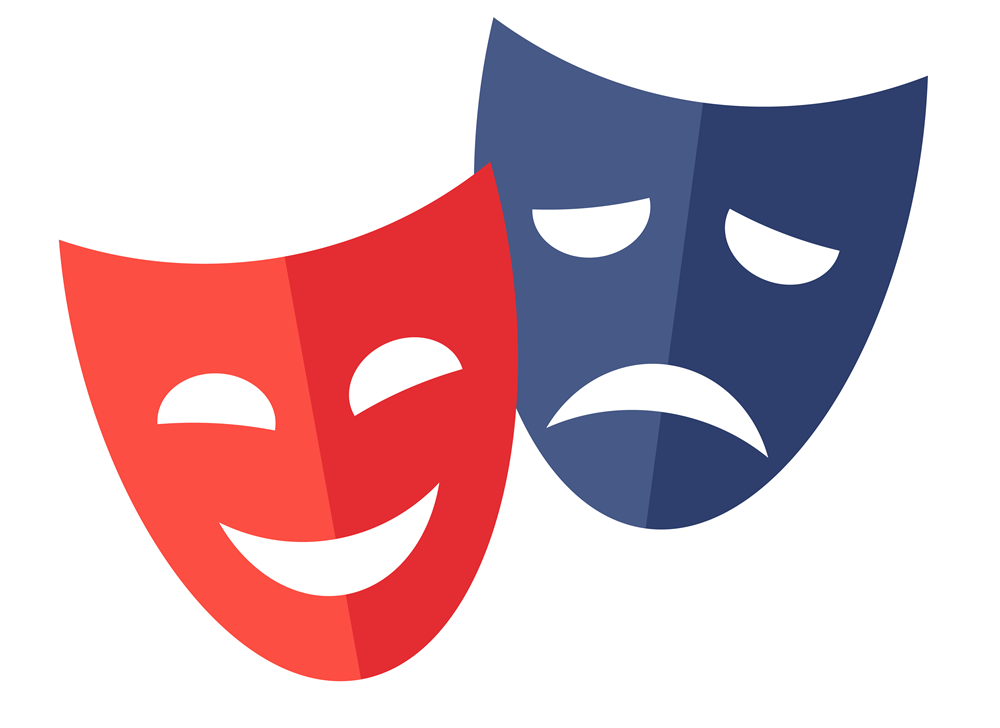Starring:
The Federal Reserve * U.S. Presidents * U.S. Senators and Representatives * American Consumers *
Stimulus Induced Demand * Supply Shocks * Inflation * Interest Rates * De-Globalization * Savings & Debt
The modern world works tirelessly to shape natural cycles into linear progress. Finance is no exception. The U.S. government has increasingly sought to control economic cycles. Intervention seems successful but brings a host of unintended consequences.
Traditional cycles are illustrated with four acts. Our act, “Party On!,” is a rare addition. It places emphasis on the necessity of unpredictability. In real time, no one knows with certainty how quickly we will move ahead in the story. When too many actors skip ahead, the cycle can stall for months or even years. It moves on when everyone and everything have played their roles.
Like “The Boy Who Cried Wolf,” the story progresses with several false alarms–some positive and some negative. Then, the final surprise. The difference here is that our story never truly ends. It starts over with a new life and greater opportunity.
Act I
Send Out Invitations
The government borrows and spends. More money circulates in the economy. Low rates encourage innovation. The struggling economy finds positive momentum. The act begins with doubt and ends with optimism. (Examples: 2003, 2009, 2020)
Act II
Get This Party Started
Everyone, including the government, should pay down debt and save extra. Some do. Most increase spending. All are disappointed when the prices of goods and services go up. It ends when the Federal Reserve (Fed) acknowledges inflation. (Examples: 2004, 2011, 2021)
Act III
Take Away the Punch Bowl
The job of the Federal Reserve is to take away the punch bowl just as the party is getting started. When inflation gets too high, it does just that. The Fed raises short-term interest rates. Beware if these move above long-term rates, but do not panic and aggressively buy bonds. Act III ends when something breaks (or almost breaks), and the Fed blinks. (Examples: 2006-2007, 2022-2023)
Act IV
Party On
The Fed becomes less aggressive, and inflation creeps up again–a little or a lot. This makes bond investors nervous. Some sell, and long-term interest rates rise back above short-term rates. It looks like a “soft landing.” This act can last months and can be surprisingly good for stocks, but it is too early for bonds. Act IV ends with higher commodity prices and higher interest rates. (Examples: 2008, 2023)
Act V
Clean Up and Start Planning
Long-term rates are finally getting close to short-term rates. Higher rates slow the economy. Unemployment rises. Lessons are learned. This may be a good time to buy bonds as rates come down and we start planning for Act I again. (Examples: 2008, 2024?)
Cycles Happen. Embrace Them.
Americans have endured 50 recessions since the founding of our country. That is approximately one every five years. In recent decades, we have stretched the periods of growth out, but I do not believe we can remove the cycle or control it perfectly. We have lessons to learn, both personally and as a nation. Perhaps it would be better to accept the inevitability of these cycles and embrace the opportunities they present.
The United States currently finds itself in Act IV. The end of Act III came with the British crisis of October 2022 and the banking crisis of March 2023. Both had a significant impact on government action. They led the Fed to pause quantitative tightening (removing money from financial markets) and slow interest-rate hikes. The U.S. government tried skipping ahead to Act I with stimulus in mid-2023. So, we find ourselves stuck in Act IV. We will stay here until long-term interest rates rise. We should be watching inflation as it may be the catalyst for rising rates. If we are wise, our nation will cut its deficit when inflation is high. We see the opposite.
In the end, we will find ourselves at the beginning. If we handle it correctly, we will have improved our national, corporate, and personal finances. We should emerge wiser and stronger. We may even learn that the only thing scarier than completing the cycle would have been not completing it.
*Research by SFS. Data from the Federal Reserve Bank of St Louis. Investing involves risk, including the potential loss of principal. The S&P 500 index is widely considered to represent the overall U.S. stock market. One cannot invest directly in an index. Diversification does not guarantee positive results. Past performance does not guarantee future results. The opinions and forecasts expressed are those of the author and may not actually come to pass. This information is subject to change at any time, based upon changing conditions. This is not a recommendation to purchase any type of investment.
Listen to a deep of the economic cycle on our Power Up Wealth podcast.




